 Get more done in the classroom with the help of generative AI and our newest features for teachers.
Get more done in the classroom with the help of generative AI and our newest features for teachers.
New Chromebook Plus for educators, powered by AI
 Get more done in the classroom with the help of generative AI and our newest features for teachers.
Get more done in the classroom with the help of generative AI and our newest features for teachers.
 Get more done in the classroom with the help of generative AI and our newest features for teachers.
Get more done in the classroom with the help of generative AI and our newest features for teachers.
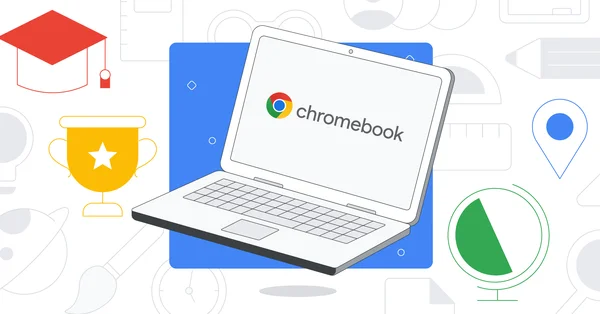 Google launches new Chromebook devices and announces features for schools globally.
Google launches new Chromebook devices and announces features for schools globally.
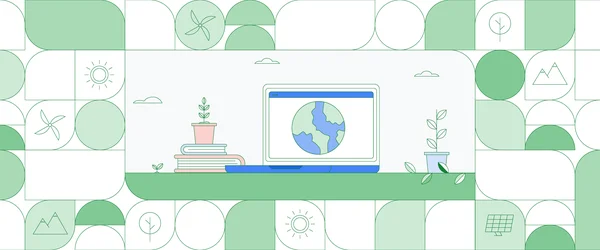 For Earth Day, we’re sharing how Chromebooks can help support sustainability goals at your school by building a repair program and more.
For Earth Day, we’re sharing how Chromebooks can help support sustainability goals at your school by building a repair program and more.
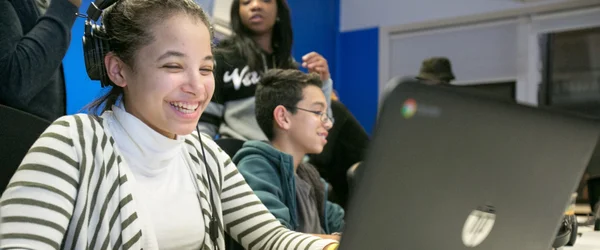 This past summer, Code Next, which runs an online program called Connect, expanded to Canada in hopes of reaching students in more rural and suburban communities who do …
This past summer, Code Next, which runs an online program called Connect, expanded to Canada in hopes of reaching students in more rural and suburban communities who do …
 This past summer, Code Next, which runs an online program called Connect, expanded to Canada in hopes of reaching students in more rural and suburban communities who do …
This past summer, Code Next, which runs an online program called Connect, expanded to Canada in hopes of reaching students in more rural and suburban communities who do …
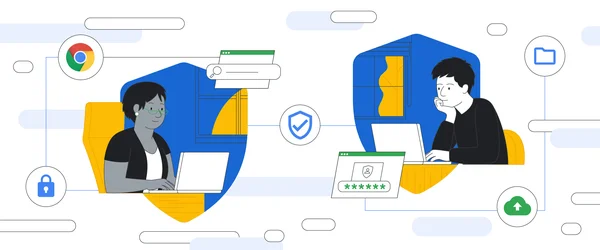 On Safer Internet Day, we’re sharing helpful Google for Education tools to help teachers and students stay safer online.
On Safer Internet Day, we’re sharing helpful Google for Education tools to help teachers and students stay safer online.
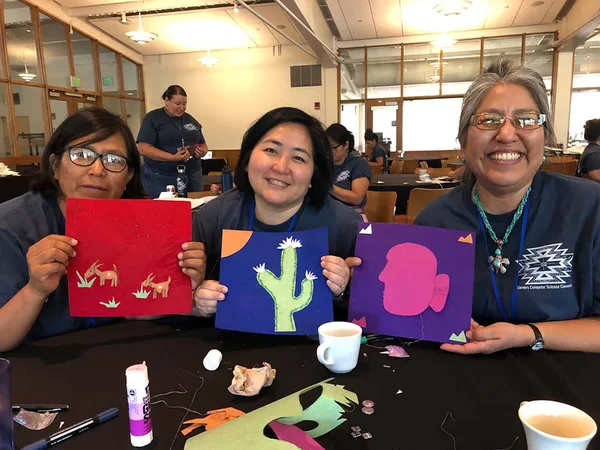 Google has committed $780k+ to support increased access to and participation in computer science education for Indigenous students.
Google has committed $780k+ to support increased access to and participation in computer science education for Indigenous students.
 Google is investing in equitable computer science education in greater LA, from opening up an afterschool lab to funding CS nonprofits.
Google is investing in equitable computer science education in greater LA, from opening up an afterschool lab to funding CS nonprofits.
 Google is investing in equitable computer science education in greater LA, from opening up an afterschool lab to funding CS nonprofits.
Google is investing in equitable computer science education in greater LA, from opening up an afterschool lab to funding CS nonprofits.
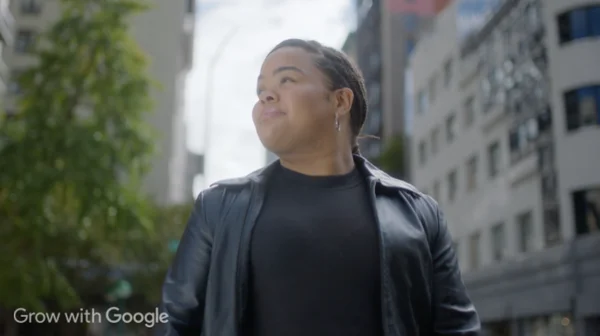 Google is supporting teachers and students with computer science resources and experiences this CSEdWeek.
Google is supporting teachers and students with computer science resources and experiences this CSEdWeek.